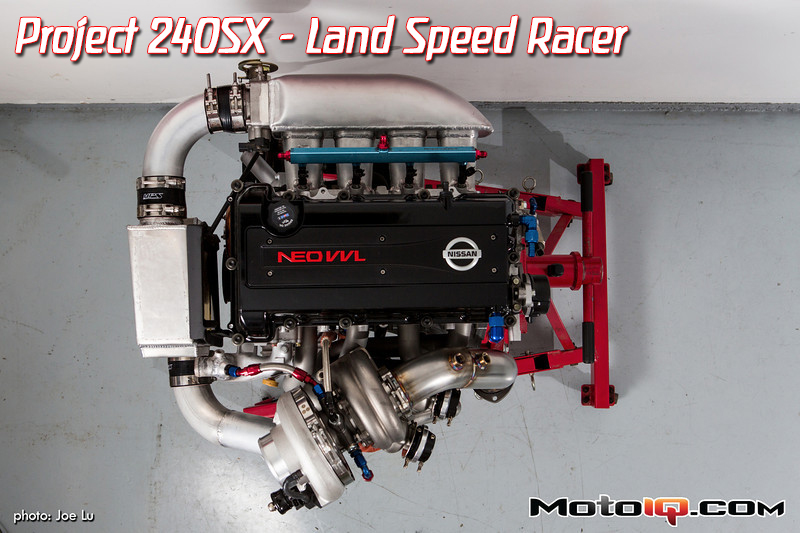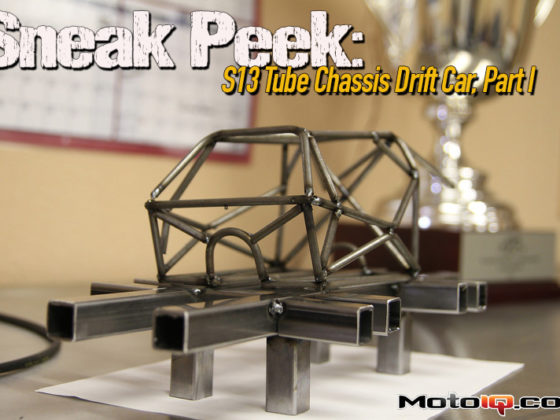,
 An off the shelf billet crankshaft from K1 Technology will set you back about $1,500. Start talking about custom crankshafts from companies like Marine Crankshaft and the price instantly doubles!
An off the shelf billet crankshaft from K1 Technology will set you back about $1,500. Start talking about custom crankshafts from companies like Marine Crankshaft and the price instantly doubles! Since a high quality billet crankshaft for a four cylinder engine starts at around $3,000, we were fortunate enough that Nissan made the SR16VE. The SR16VE still utilizes an 86 MM bore, but the stroke has been reduced to 68.7 MM to net the 1.6L of displacement. The stroke of the factory SR16VE would get us close enough so that we could have the connecting rods journals welded and then offset ground towards the crank centerline to reduce the stroke. Jackpot!

Since the SR16VE was never offered in the U.S., finding a crankshaft from one could prove challenging. Through text messages, Facebook status updates, and a few good ol' fashion phone calls, we put the word out to the Nissan community. Eventually, an old SE-R buddy of mine Chiris Allen told me that Greg Vogel of G-Spec Performance (another old school SE-R buddy) might have a stash of SR16VE cranks lying around. I should have figured that Greg had one since his business G-spec Performance specializes in stocking those hard to find Nissan race bits. The rest is history from there.

The process of destroking a crankshaft is best described as tedious and if done right, methodical. To be certain that this methodical process was properly executed, I turned to one of the best crankshaft guys I know in the industry, Joe Castillo of Castillo's Crankshaft Service.

Joe Castillo starts out by welding one rod journal at a time. After a journal is welded, the crankshaft is straightened. This process of welding and straightening is repeated again and again until all four journals are done. Straightening the crank after each rod journal is welded helps ensure that the main journals remain coaxial and on centerline.

Once the welding process is complete, the journals are each rough ground, leaving .080″ of excess material diametrically and about .015″ in width. Since we are de-stroking the engine to 1.5L, our journals were offset ground towards the crankshaft centerline by 2.6 MM or .102″. (2.6 MM = ((68.7 MM – 63.5 MM) /2). On a typical stroker crank, the journals would be moved away from the center line to increase the throw of the crankshaft (stroke).



